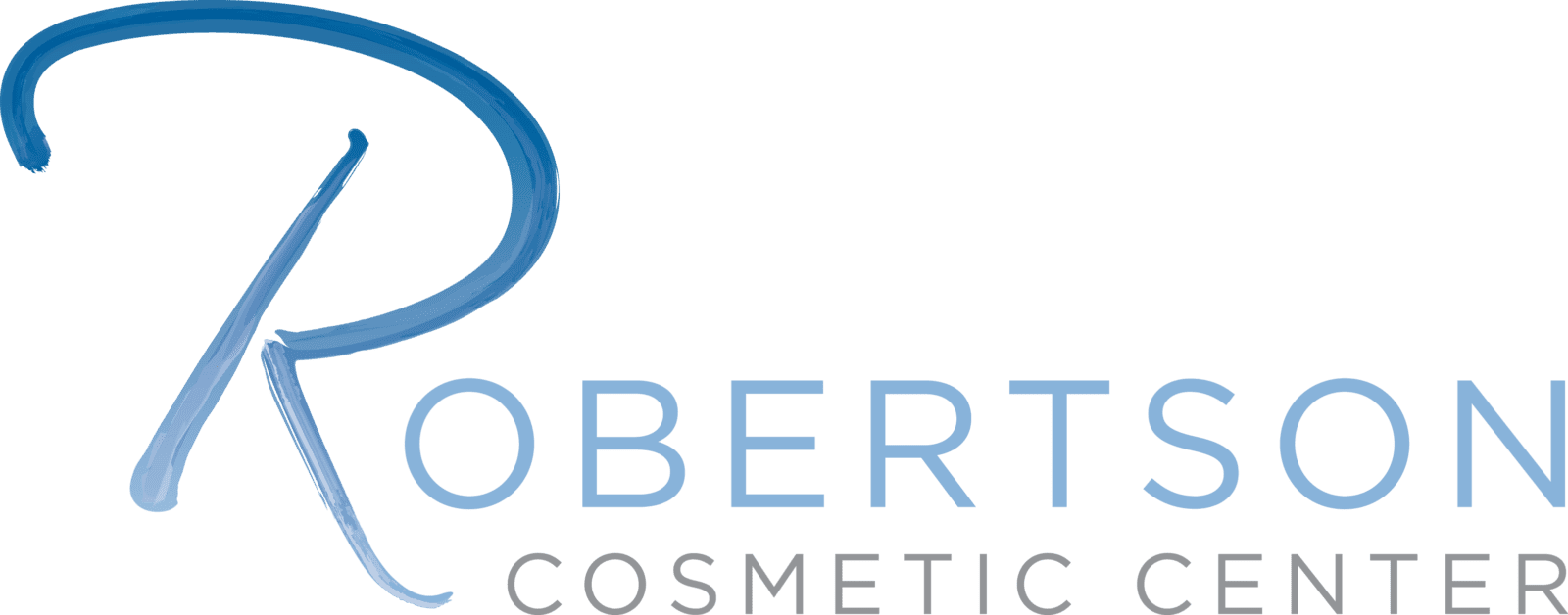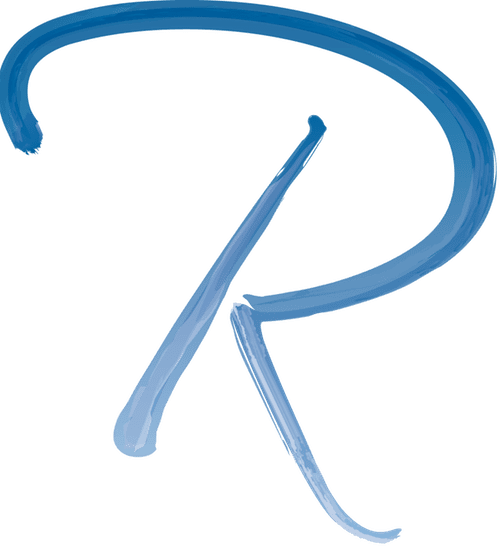PRE-TREATMENT SKINCARE:
Please follow all pre-treatment instructions your provider has outlined in preparation for your Erbium Resurfacing treatment. If you fail to follow certain pre-treatment protocols, your procedure may need to be rescheduled or cancelled.
- Use a sunscreen and physical sun protection.
- Please be advised that you cannot be tanned for this appointment and would need to temporarily discontinue use of all retinol products 3-5 days prior to your scheduled appointment. We also ask that you refrain from the use of sunless tanners for a minimum of 5 days prior to your scheduled appointment.
- Inform your provider if any physician has ordered Accutane for you in the last 12 months.
- Ensure you are following your specific skincare recommendations and at minimum are:
- Using a retinol/Retin-A nightly for at least 6 weeks leading up to your treatment.
- If you have been diagnosed with Melasma, use the hydroquinone system or products recommended by your provider for a minimum of 6 weeks leading up to you Erbium.
- If you have a history of cold sores or a diagnosis of HSV (herpes simplex virus), you will need a prescription for prophylaxis prior to the procedure. Call our office and we’d be happy to help you with a prescription.
- If you have an active cold sore for this appointment, your visit will need to be rescheduled!
POST-TREATMENT SKINCARE:
Just as important as the treatment, is the care for your skin post-treatment.
- CLEANSING: Water only (first several days) then ZO Gentle Cleanser
The delicate new skin must be kept moist for the best healing. Cleanse the skin two to three times a day with plain, lukewarm water, beginning the morning after the treatment. Use your hands and gentle patting motions. DO NOT rub, scrub, use an exfoliant or skin care brush such as a Clarisonic on the treated area. Do this in the shower or with a “sprayer” at the kitchen sink 3 times a day. The spray helps loosen surface debris but should not be forceful enough to sting. Use only the tips of your fingers to gently rub the treated areas. Do not use your nails, soap, or a wash cloth and NEVER pick at the skin surface. After several days, begin to use ZO Gentle Cleanser with water for a gentle foam.
- MOISTURIZER: Aquaphor
It is very important to keep the skin moist. Gently massage a light layer of Aquaphor over the treated areas to maintain moisture and prevent crusting. The gentle massage must be done throughout the day and night. If you awake at night with your face feeling dry, one more washing with Aquaphor will help you sleep better for the rest of the night. DO NOT apply any other products that were not instructed by your doctor – e.g., essential oils, coconut oil, etc.
3.) VINEGAR SOAKS
Beginning two days after surgery, rinse your skin with a dilute vinegar rinse. Make up this solution using a teaspoon of white vinegar in a cup of tap water. Apply with a cotton pad or washcloth at least three times a day to the resurfaced skin in order to clean and sooth the skin. After this treatment, rinse again with tap water to remove the residue, and reapply the balm or ointment.
4.) SUNSCREEN:
Sunscreen is a MUST and should be used daily beginning the day after treatment and used consistently for up to 3 months post procedure. Use a physical sunscreen with Broadband UVA and UVB protection and a SPF of 30. Ensure to reapply during sun exposure.
WATCH-OUTS
- For general post-treatment discomfort, an over-the counter oral pain reliever, i.e., Extra Strength Tylenol might be prescribed by your doctor. You may also take Ibuprofen if you experience a lot of swelling.
- If an anti-viral was prescribed, continue to take as directed.
- Avoid scratching and itching, as scarring and pigmentation complications can occur. Itching can be relieved by oral Benadryl, but can cause drowsiness.
- It is extremely important to avoid any significant sun exposure. This is most important for the first 6-8 weeks. If you plan to be outside for any extended period of time, make sure that you are wearing at least a SPF 30 sunscreen. Wearing a wide brimmed hat may help.
TIPS & TRICKS:
- Use soft cloth and soft towels to avoid any scrubbing.
- When showering, avoid getting shampoo directly on the treated area.
- Avoid strenuous exercise and sweating until after skin has healed.
WARNING:
- DO NOT pick at the crust. The washings and ointments will help the crust separate from the skin at the correct time. Keep the skin moist as mentioned above. Picking the crust may cause bleeding or delayed healing. Between the 7th and 14th day after your procedure, most of the debris should have disappeared.
- Do not use makeup before you have been told it is safe to do so. If you have questions regarding make up ideas, please call the office.
WHAT TO DO AFTER YOUR TREATMENT:
- You should NOT drive today. Even though you may not feel tired, your judgment and reflexes may not be normal.
- Do NOT drink alcohol for 24 hours after your treatment.
- You may resume your normal diet as tolerated.
- You can resume taking your routine medications, unless your physician instructs you differently.
- Do not wear a hat, shower cap, or hairpiece that touches any area which has been treated. This may result in poor healing and ruin an otherwise good result.
- Feeling of warmth – the treated area(s) may be extremely warm for 12-24 hours after the treatment. This is generally described as an intense sunburn sensation and will lessen greatly after the first 6-8 hours. You may use a cold compress for comfort during this time, as well as a mineral water spray to provide cooling and moisture as needed.
- Redness (erythema) – redness is normal and expected. Redness generally increases in intensity for the first few days after treatment with day 3 usually being the most intense. Redness can persist for up to 3 days depending on the intensity of treatment. Allow skin to heal and don’t put further stress on your skin. Use gentle cleansers and keep skin moisturized and out of the sun.
- Pinpoint bleeding – this may occur and is no cause for concern. Pinpoint bleeding should be minimal but can last for a few hours up to 12 hours. Dab with damp gauze to minimize.
- Swelling – Immediately after treatment, swelling is common and expected. Use of a cold compress will help to relieve the swelling. To avoid further swelling, you may choose to sleep in an upright position the first 2-3 nights after the treatment. The first morning post treatment is when swelling is more prevalent, especially under the eyes. Swelling may last 2-4 days. If swelling is still bothersome, your provider may advise taking over the counter anti-histamines to further reduce.
GENERAL INFORMATION:
Within 24 to 36 hours, treated areas resemble a deep sunburn or blister. This is normal. Dermabrated areas may look like an abrasion or skinned knee. There may even be a yellow-colored fluid oozing from the skin. This is all part of the normal healing process. During the first 2-3 days your skin will be quite swollen.
The new skin will appear intensely pink. Early in the healing process, exercise, emotional upset, exposure to cold, heat, or wind will cause the skin temporarily to become intensely pink. This is due to the increased blood flow associated with healing. After 3-4 months this should end.
Several weeks after the procedure, small white cysts may appear on the treated areas. These are clogged oil glands. They usually go away in 2-3 weeks without any treatment. If they continue, contact us and we will show you a technique to get rid of them.
Should fever blisters or cold sores appear or if you notice a significant increase in pain or skin redness, call the office. Although fever blisters may prolong the healing, it is rare that they cause any permanent skin defects. Redness begins to fade after 6-8 weeks and may take 3-6 months to return to normal color. Variable redness, streaking, or splotchiness may also occur in this time frame. This is nothing to be concerned about and just reflects different healing times.
Splotchiness or irregular brown patches may develop in the first 6-12 weeks. This is called post inflammatory hyperpigmentation and is nothing to cause alarm. However, it needs to be treated at this time. Bleaching creams with Retin-A or alpha hydroxy are good to reduce the patches. This splotchy coloring is very common if you have any sun exposure. Be sure to schedule your one month and three months follow up appointments.
In some cases, a topical bandage can be used to speed the healing. We will discuss this if your skin needs it.
RETURNING TO WORK:
The time to return to work or social activities is based on personal preference, as well as the degree to redness and swelling you develop. The average patient goes to work or out socially about 2 weeks after the skin treatment, however, social exposure can begin as soon as makeup is worn.
If you have any questions, please do not hesitate to contact us at 608-836-4044

